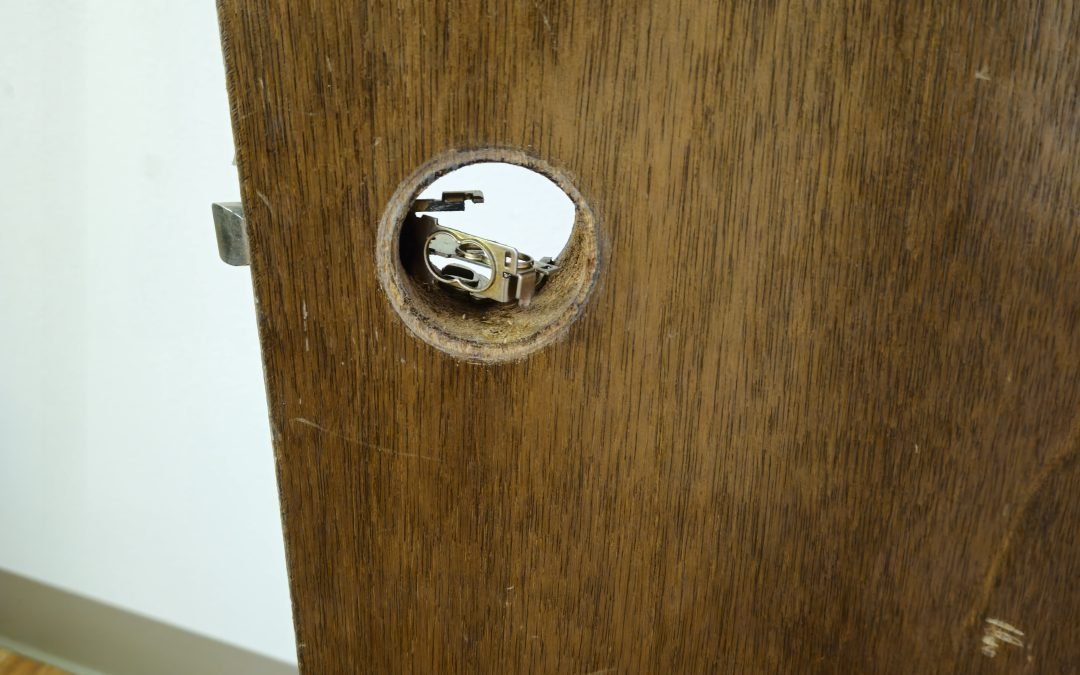Ohio Mobile Locksmith knows home locks are an essential aspect of everyday security, safeguarding our homes and providing peace of mind. However, like any mechanical device, locks are prone to wear and tear over time, leading to common issues that may compromise their functionality and security. In this blog post, we’ll explore some of the most frequent home lock problems that homeowners may encounter and provide practical solutions on how to address them effectively.
Sticky Locks
One of the most common lock issues is encountering a sticky or jammed lock that is difficult to turn. This can be caused by a variety of factors, including dirt and debris buildup, rust, or misaligned components. To fix a sticky lock, try the following:
- Lubrication: Apply a silicone-based lubricant to the keyhole and key. Avoid using oil-based lubricants as they can attract more debris.
- Clean the Lock: Use a can of compressed air to remove dust and debris from the lock mechanism. You can also gently clean the internal components with a cotton swab dipped in rubbing alcohol.
- Check for Alignment: Ensure that the lock and strike plate are aligned correctly. Tighten any loose screws and adjust the strike plate if necessary.
Key Doesn’t Turn
If your key won’t turn in the lock or is difficult to insert, it could indicate an alignment issue, worn key, or damaged internal components. Here’s how to troubleshoot this problem:
- Inspect the Key: Examine your key for signs of wear or damage. Consider getting a new key cut to see if it resolves the issue.
- Graphite Lubrication: Use a graphite lubricant to help the key glide smoothly into the lock. Graphite is a dry lubricant that won’t attract dirt like oil-based products.
- Call a Locksmith: If the key still doesn’t turn, there may be internal damage to the lock mechanism. Contact a professional locksmith for a thorough inspection and repair.
Loose Door Handles or Knobs
Loose door handles or knobs can be a security risk and a nuisance. If your door hardware feels wobbly or unsecured, here’s how you can address the issue:
- Tighten Screws: Check for loose screws on the door handle or knob and tighten them with a screwdriver.
- Replace Screws: If the screws are stripped or no longer hold, replace them with longer or thicker screws to secure the hardware properly.
- Check Internal Components: If the issue persists, the internal mechanisms of the handle or knob may be worn out. Consider replacing the hardware for optimal performance.
Deadbolt Doesn’t Extend or Retract
When your deadbolt fails to extend or retract properly, it compromises the security of your home. To troubleshoot this issue:
- Clean and Lubricate: Remove the deadbolt from the door and clean any dirt or debris from the locking mechanism. Apply lubricant to ensure smooth operation.
- Adjust Strike Plate: Check the alignment of the deadbolt with the strike plate. Make adjustments as needed to ensure a proper fit.
- Replace Deadbolt: If the deadbolt is severely damaged or worn, it may be time to replace it with a new one to maintain security.
Conclusion
Dealing with common home lock issues can be frustrating, but with the right knowledge and techniques, many of these problems can be resolved efficiently. By addressing sticky locks, key turning issues, loose door handles, and malfunctioning deadbolts promptly, you can ensure that your home remains secure and your locks operate smoothly. Remember, routine maintenance, proper lubrication, and occasional professional inspections are essential in keeping your locks in optimal condition and preserving your home’s security. If you encounter persistent lock issues that you can’t resolve on your own, don’t hesitate to seek the expertise of a professional locksmith to ensure the safety and integrity of your home’s locking systems.
